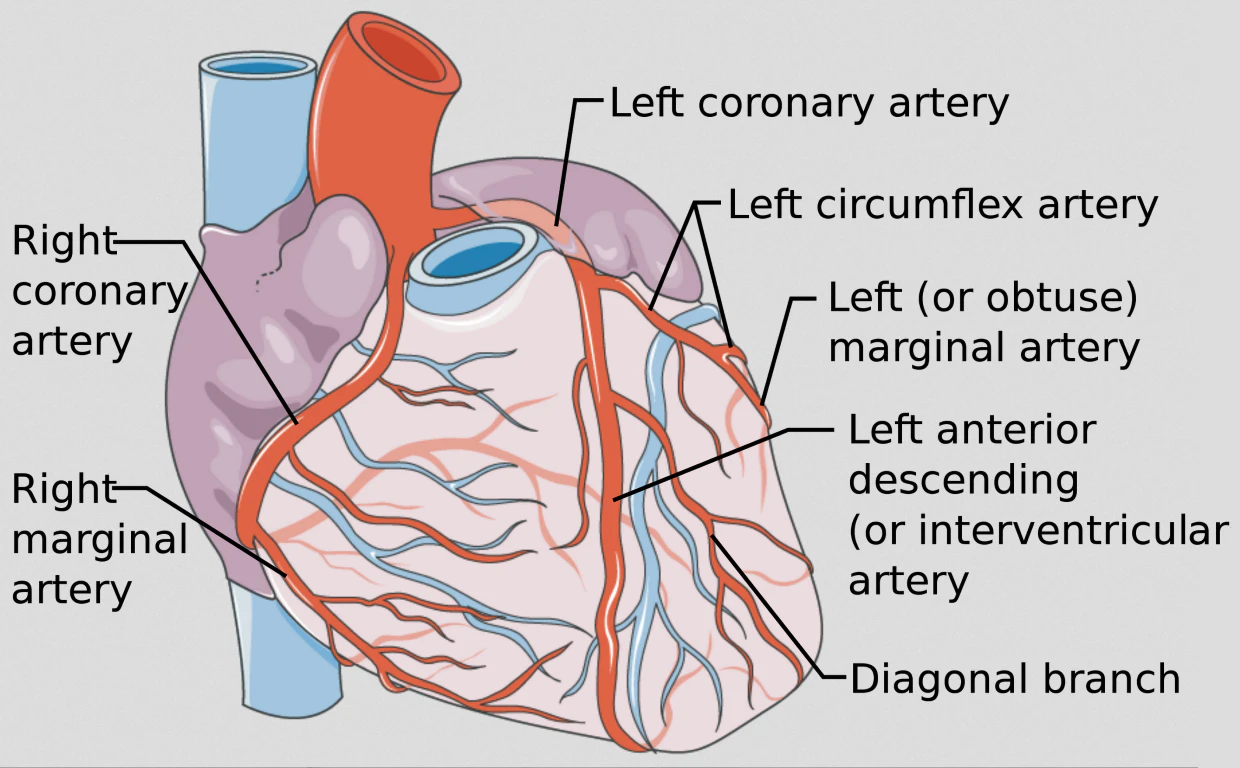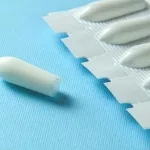Imagine your heart as a bustling city, and the coronary vessels as the network of streets that deliver fresh, life‑giving supplies to every neighborhood. When those streets are clear and well‑maintained, the city thrives. When they’re blocked or under‑performing, chaos erupts. In this friendly deep‑dive, we’ll explore exactly what the coronary vessel role is, why it matters to you, and how you can give those vital arteries the TLC they deserve.
Quick Overview Summary
What are coronary vessels?
Coronary vessels are the arteries (and their tiny branches) that wrap around the heart muscle, delivering oxygen‑rich blood and nutrients. The two main players are the left coronary artery and the right coronary artery, each branching into smaller highways that reach every corner of the myocardium.
Why do they matter?
Every heartbeat needs energy, and that energy comes from oxygen. Without a steady flow, heart cells begin to wobble, then die—a scenario we all want to avoid. The coronary vessel role is essentially “fuel delivery and traffic control” for the heart’s engine.
How much blood do they move?
At rest, coronary arteries supply roughly 5% of the cardiac output, but during vigorous exercise that number can jump to 20‑30%. That flexibility is a testament to how smart these vessels are at matching supply with demand.
Core Anatomy Basics
Main coronary arteries
| Artery | Primary Branches | Supplied Region |
|---|---|---|
| Left Main | LAD (Left Anterior Descending), Circumflex | Front and side of left ventricle, interventricular septum |
| Right Coronary | Posterior Descending, Marginal branches | Right ventr |
Notice how the left side splits into the LAD—often called the “widowmaker” when blocked—and the Circumflex, which hugs the heart’s side. The right coronary artery takes care of the right ventricle and the back wall of the left ventricle.
Collateral vessels
Think of collaterals as backup alleys. When a main road gets clogged, these tiny vessels can reroute blood, buying your heart extra minutes of oxygen. They’re usually quiet neighbours, but they become heroes when a blockage forms.
Micro‑vascular regulation
The inner lining of coronary arteries releases nitric oxide, a natural vasodilator that relaxes the vessel wall. This process is what lets your heart “turn the faucet up” during a run or a stressful meeting.
PIEZO2’s surprising cameo
Recent PIEZO2 ion channel research shows this mechanosensitive protein helps sense stretch and pressure, guiding the formation of coronary vessels during the embryo stage. In short, PIEZO2 is like a city planner that knows where new streets are needed before the city even exists.
Developmental timeline
Coronary vessels sprout from the aorta around week 5 of gestation, then grow outward and inward, connecting with the heart muscle. Errors in this choreography can lead to congenital heart defects, many of which involve abnormal coronary origins.
Key Health Impacts
Normal physiological role
When you’re relaxed, the coronary vessels stay moderately dilated, delivering just enough oxygen. As you jog, climb stairs, or even get excited about a new hobby, they widen dramatically—sometimes tripling the flow—to meet the heart’s heightened needs.
Atherosclerosis and plaque buildup
Over years of smoking, high cholesterol, or a diet heavy in processed foods, fatty plaques can stick to the artery walls. Imagine maple syrup hardening on a road—it slows traffic and eventually blocks it. That’s the main threat to the coronary vessel role.
Acute coronary syndrome
If a plaque ruptures, a clot can form in seconds, cutting off blood flow. The heart muscle downstream starts to starve, leading to chest pain (angina) or a full‑blown heart attack. Prompt medical care can reopen the road—sometimes with a stent, sometimes with bypass surgery.
Congenital heart defects (CHD)
Sometimes the “city plan” goes awry before birth. Abnormal connections, missing arteries, or misplaced origins can compromise blood delivery from day one. Modern cardiac surgery can often correct these, but early detection is key.
PIEZO2 mutations and vascular anomalies
Emerging PIEZO2 coronary vessel development studies link certain genetic variants to malformed coronary arteries. While still early days, this line of cardiovascular research offers hope for targeted therapies.
Treatment options
There are three main approaches:
- Medication: Statins lower cholesterol, beta‑blockers reduce heart rate, and ACE inhibitors improve vessel elasticity.
- Lifestyle changes: Exercise, a Mediterranean‑style diet, and stress reduction keep the roads clean.
- Procedures: Angioplasty with stenting or coronary artery bypass grafting (CABG) physically reopen or reroute the traffic.
Practical Lifestyle Tips
Exercise & heart‑rate zones
Moderate‑intensity cardio (like brisk walking or cycling) 150 minutes a week is the sweet spot. It teaches your vessels to dilate on cue, strengthening the “traffic lights” that regulate flow.
Dietary patterns
Think of food as the fuel that keeps the streets smooth. Foods rich in omega‑3 fatty acids (salmon, walnuts), antioxidants (berries, leafy greens), and soluble fiber (oats, beans) reduce plaque formation. The American Heart Association’s Mediterranean diet guidelines are a reliable roadmap.
Stress management
Stress spikes adrenaline, which tightens vessels like a sudden road closure. Practices such as deep breathing, yoga, or even a short walk in nature can keep the coronary vessels relaxed and responsive.
Regular screening
Blood pressure, cholesterol, and a family history check are your annual “road‑inspection” appointments. If you have a first‑degree relative with heart disease, ask your doctor about earlier screening.
When to seek urgent care
Chest pressure, shortness of breath, unexplained fatigue, or a feeling of “tightness” in the chest—don’t ignore it. Think of it as a flashing red light; call emergency services right away.
Latest Research Frontiers
PIEZO2‑targeted therapies
Scientists are experimenting with molecules that enhance PIEZO2 activity, hoping to promote healthier vessel formation in newborns diagnosed with coronary anomalies. Early animal studies show promising increases in collateral growth.
Genomics of coronary anomalies
Large‑scale GWAS (genome‑wide association studies) have identified several loci—including the PIEZO2 gene—that correlate with rare coronary malformations. This genetic insight may one day allow personalized risk assessments.
Regenerative approaches
Stem‑cell‑derived vascular patches are being tested in clinical trials to replace damaged artery segments. If successful, they could supplement the body’s own “construction crew” when plaque damages the road.
Artificial intelligence in imaging
AI algorithms now can spot early, subtle plaque changes on CT scans that human eyes might miss. According to a 2023 study, AI‑assisted reads improved early detection rates by 22%.
Clinical trials to watch
Here are two trials that could reshape how we protect the coronary vessel role:
- NCT04578912 – PIEZO2 agonist in newborns with coronary artery anomalies.
- NCT04893245 – Stem‑cell patch implantation after myocardial infarction.
Conclusion
The coronary vessel role is more than just a medical phrase; it’s the lifeline that keeps your heart humming smoothly. Whether you’re an athlete, a busy professional, or someone navigating a family history of heart disease, understanding how these vessels work—and how you can support them—offers real, actionable power.
We’ve covered the anatomy, the everyday stresses that test the system, lifestyle habits that act like regular road maintenance, and the cutting‑edge research that might one day give us brand‑new highways. Remember, the best way to honor your heart is to treat its vessels with the respect they deserve: keep them clean, keep them flexible, and keep an eye on any warning signs.
Curious to learn more about the science behind these discoveries? Dive into our articles on cardiovascular research, explore the link between PIEZO2 coronary vessel development, or read about the challenges of congenital heart defects. Your heart will thank you for every thoughtful step you take today.


















Leave a Reply
You must be logged in to post a comment.